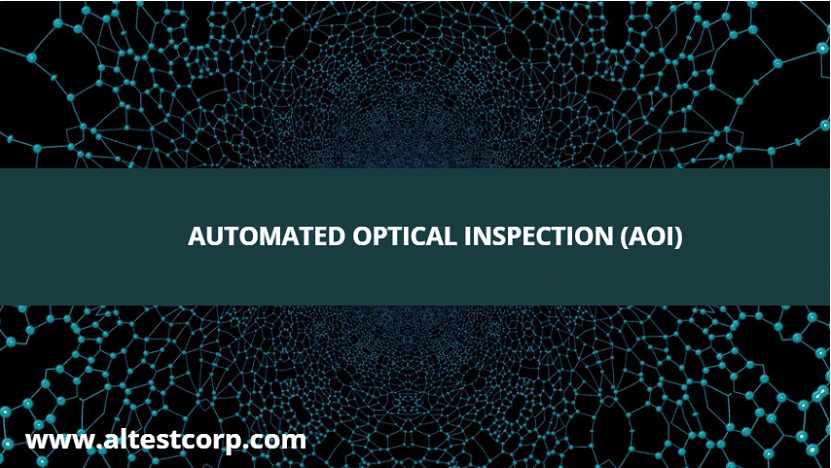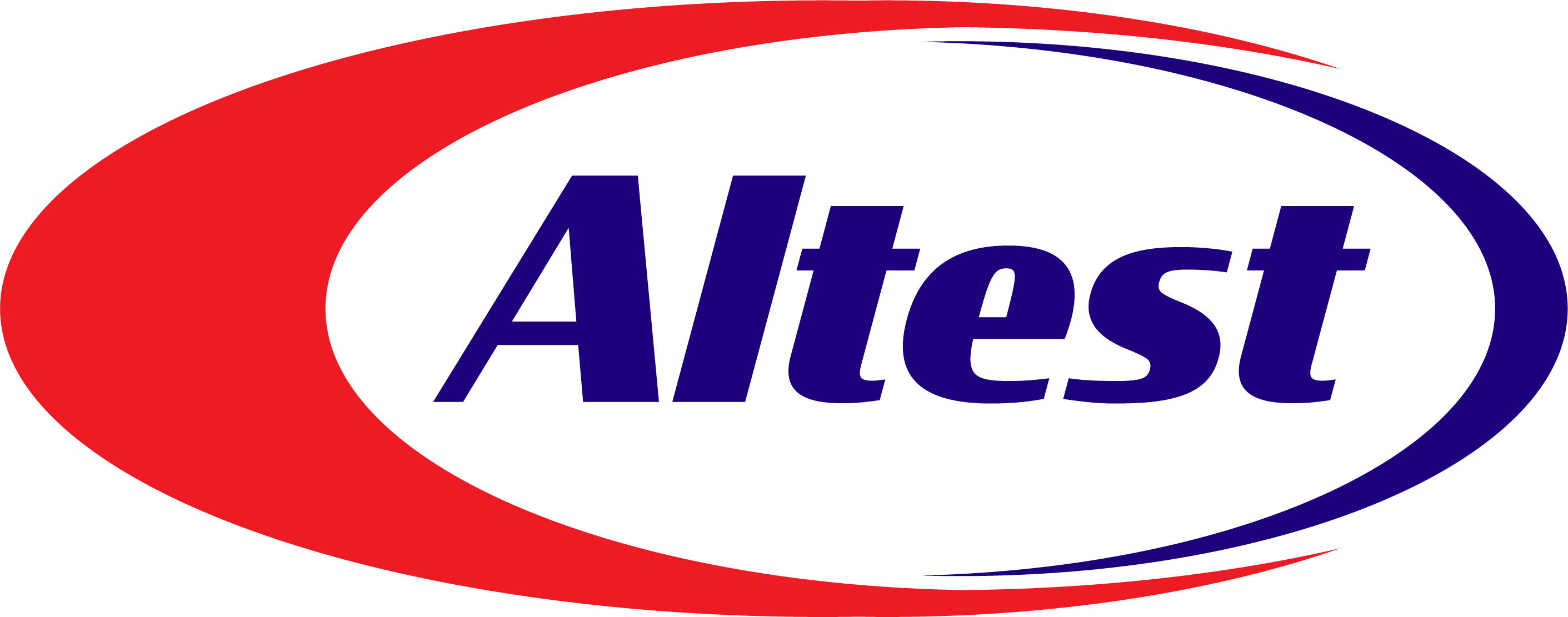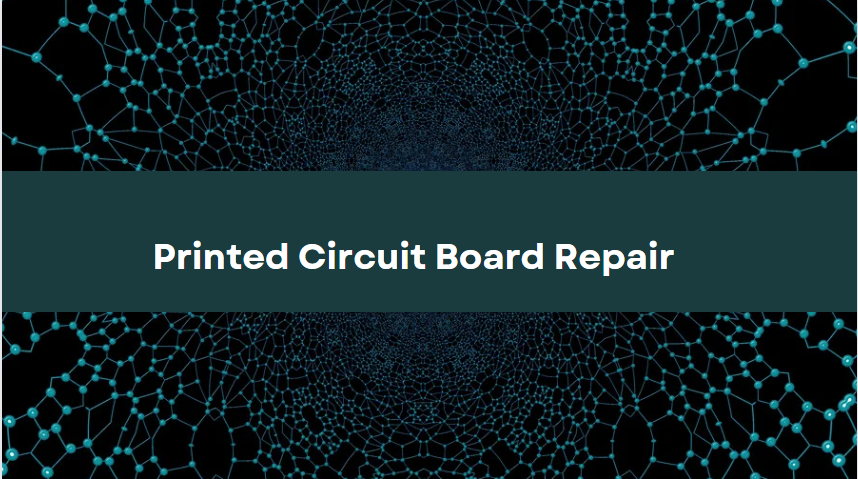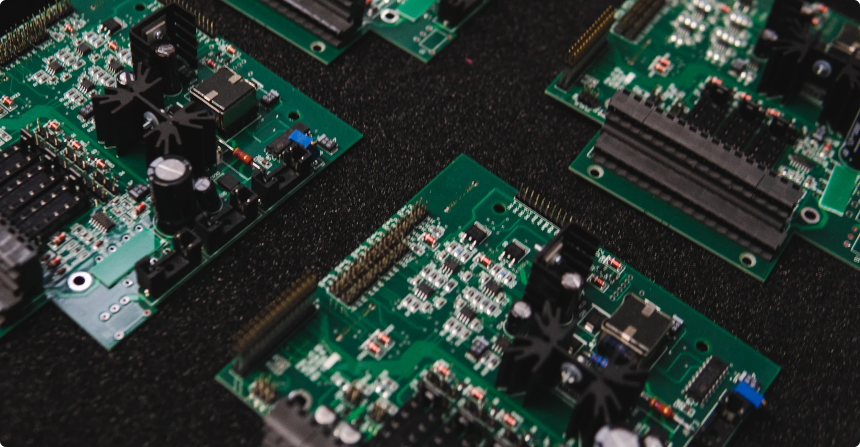Unlocking Efficiency with IC Decapsulation in Printed Circuit Boards

Admin, March 01,2024
What is an Automated Optical Inspection (AOI)?
Optimizing Flexibility and Durability
Today’s circuit boards have complex designs and sleek sizes that’s why their inspection is difficult through bare eyes.
This is where AOI inspection helps you. Moreover, the surface mount technology(SMT) also makes compact boards with specific solder joints that cause certain issues.
Even moderate PCBs have limited solder joints. So, the increase in complex PCB designs also calls for AOI because a manual inspection cannot work, in this case.
Though you can manually test a PCB, it is not suitable for advanced technology.
Manually inspection can make you tired, hence you can’t detect poor construction. So, automated inspection is necessary for fast and accurate results. The operator does not have to put much physical effort into AOI inspection.
Why Choose AOI Machines
⦁ An AOI machine can guarantee flawless production of the circuit board. Manufacturers can detect and correct the errors through an automated optical inspection before making bulk products. You can introduce the machine into production after soldering. By detecting the errors earlier, PCB companies can avoid huge damage.
⦁ AOI machines can produce fast results and create analytical reports. Thus you can avoid the error repetition.
⦁ You can take corrective measures right on time by inspecting with AOI tools. Besides, the machine is highly effective.
⦁ The machine is easy to run and program in no time. Hence, you get prompt results.
Programming an AOI Machine
The machine has built-in software to help you feed acceptable data to the board. It checks the PCB assembly through the right programming, helping with the correct inspection.
There are two ways to program an AOI machine, such as:
1-Through a Golden Board: You can use an effective and flawless board as a sample for the machine. When you pass it under the machine, it stores the required attributes. It tests the components and saves each joint’s solder profile to detect the errors in other boards comparing them with the right design.
2-Using Algorithms: Engineers use algorithms to program the AOI machines. The machine gets the PCB data to create its profile. This method also needs real boards but the quantity is not high like what you see in the golden board method.
What is There in an AOI Inspection?
The AOI inspection system has cameras, software, an electromechanical system, and a workbench. You have to connect the machine to the assembly lines of the PCB and the bare board. Engineers sometimes like to have a post-reflow inspection according to the information you need and the way the inspection should continue.
Inspection Process
In AOI inspection, first, you have to place the PCB on the workbench. The bench then moves the board under the camera lens corresponding to the required project. The lens then takes the image with the light and starts analyzing it.
Then the processor sets another position for the x/y workbench to accept and start analyzing another image. You can speed up the inspection by repeating the analytical process. The machine helps digitize the images and test them with the pre-saved data.
Once the AOI machine detects any errors, it gets ready for another position. Moreover, the method can also create the image characters to have more results. After that, the machine sends the PCB back to its production area for required reworking.
AOI machine helps ensure that the quality of the PCB is completely compatible with its original design.
Automated Optical Inspection - What can You Find Through AOI?
Automated optical inspection helps you find different defects as described below:
Soldering Issues: The AOI machine can detect insufficient solders that occur on the joints, causing open circuits.
Like, the solder paste gathers at the stencil apertures. Sometimes the solder is more than enough. In certain cases, solder skips happen due to poor component connections.
Wrong soldering can affect a PCB as the required electrical connection is missing. Besides, the insufficient solder causes missing components as it can’t hold all the components.
But, an AOI machine can detect the quantity of solder joints on every component on the PCB. It can also warn you about resoldering.
Similarly, excess soldering causes many issues, including short circuits.
The fall of excess solder on the pin results in poor connection due to the solder balls. In other words, you have loose joints.
AOI inspection can quickly scan the solder balls, marking the PCB as faulty, and sending it for resoldering.
Open Circuit Issues: Open circuits happen due to open joints caused by open connections between the pad and the lead.
In fact, the connection is missing or damaged, in this case.
Open solder joints also occur when only the PCB has solder whereas it’s missing on the lead. Some manufacturers use an X-ray to detect open circuits. Whereas some others do it through visual inspection, but you cannot determine all types of open circuits.
Whereas the AOI technology can detect even very minor open circuits and flag the PCB as incorrect.
Solder Bridges: Issues like solder shorts or bridges are very common. Sometimes the solder joins two PCB components having missing electrical connections.
Excess soldering during PCB production causes solder shorts. It also happens when the wrong area gets soldered. It is hard to find solder bridges with bare eyes, but the AOI machine can detect even minor bridges. After detection, the board goes back to the production process for resoldering.
Missing or Misaligned Components: Sometimes the PCB assembler cannot place all the components or their installation is wrong.
Poor soldering also causes missing components. It is easy for an AOI tool to scan such issues.
Poor Leads: Sometimes the lead gets lifted when the tiny metal pads can’t stick well. This issue happens due to poor production or high temperatures.
A lifted lead can result in a damaged component, making the circuit board ineffective. So, PCB engineers use an AOI to find the lifted leads.
How AOI Inspection and Manual Inspection Vary From Each Other - Automated Optical Inspection
The basic function of both manual inspection and AOI inspection is the same. However, they are different in terms of benefits.
Effectiveness: Manual inspection involves certain tools like magnifying lenses, microscopes, or optical comparators. But, it is not effective like AOI as you get tired and want to inspect after taking frequent breaks. Besides, you can’t inspect multiple products at the same time while there is always heavy production.
On the other hand, AOI can test several boards in one go without taking any breaks. You can program it as you require, and it can work for the whole day. So, fewer errors are likely to happen due to a fast inspection.
Consistent Work: Human inspection cannot be consistent due to a lack of energy and time. Whereas an AOI inspection can consistently detect errors with the same quality. It ensures a 100 percent inspection till the final product.
Cost Effectiveness: Manual inspection involves lots of labor, training, and staff management. All these factors make the manual inspection expensive. Whereas an AOI machine can replace around 5 to 6 humans, reducing the work cost. Though buying an AOI machine seems expensive, it helps you save time, labor, and money in the long run. Moreover, it is more accurate and effective.
Data Recording: You have to write the report in a manual inspection which can have errors. It is not easy to check the documents during different stages of PCB production.
Whereas AOI gives you the printed data you desire and is available at all the stages of PCB production. Hence, it can assess fast and easily, helping you to maintain the quality of the circuit board.
So, by investing in an AOI machine, you can eliminate complaints from your customers.
Disadvantages of AOI
Like other methods, AOI inspection has some disadvantages, such as:
⦁ Sometimes, an AOI machine cannot detect the errors. Such an issue can happen due to poor data or issues with its cameras.
⦁ There are different AOI machines of which some don’t work fast. However, those with a scanning system can detect fast. There are many chances of poor judgment due to colored lights, too close components, or closed solder joints. Remember that a good light and its access to the right areas can give you accuracy.
⦁ Sometimes the AOI software cannot access the errors, hence you don’t get any solutions. Updating the software becomes hard due to the unavailability of a new version. Besides, the software is too expensive and only a skilled person can update it.
⦁ An AOI machine cannot access all the defects, hence you have to program it as you require. It is only good at detecting seal and glue defects.
Final Thoughts About Automated Optical Inspection
In an AOI inspection, the machine throws a light on the target object, covering it with multiple colors from different sides, producing a 3D image.
The position of the light should be right to highlight the defects.
Advanced AOI machines have LED lights to illuminate an object. Whereas old machines used to have fluorescent lights, ultraviolet lights, incandescent lights, and infrared lights.
Most AOI machines come up with more than one camera which performs through commands sent by the software.
The resolution of the image is also important, in this case, to reveal maximum defects. Moreover, the quality of the inspection and its speed depend on the resolution.
At the same time, the machine should have high-quality and professional lenses. Moreover, the entire process depends on the software and the right programming of the data.
ALTEST can do the top of the line Automated Inspection Process based on your requirements. Write us at sales@altestcorp.com
YOU MIGHT ALSO LIKE
Share:





2 Responses